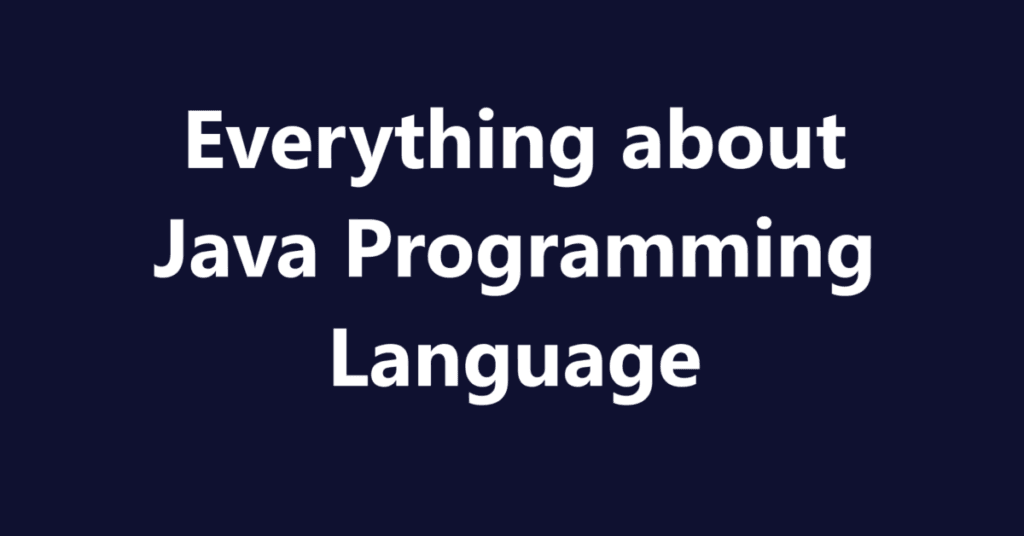What is C programming | Unlocking the Potential of C Programming: A Deep Dive
Key Points:
- C programming is a foundational skill for many areas of technology, from operating systems to embedded systems.
- Its versatility and efficiency make it a critical language for developing performance-driven applications.
- C is not outdated but rather a timeless classic shaping the digital age.
- Mastering C is rewarding, offering deeper insights into how computers work and opening doors to diverse career opportunities.
- Embracing challenges like memory management and pointers in C builds profound problem-solving skills.
Why Learn C Programming?
C programming isn’t just a skill; it’s a journey into the very essence of computing. If you’ve ever wondered how operating systems, databases, or even game engines are made, C programming holds the answers. It’s the blueprint of software engineering and the engine behind many modern technologies. Let’s explore why:
What is C Programming

C is a general-purpose programming language that gives developers direct hardware control, speed, and efficiency. While high-level languages focus on abstraction, C keeps you close to the machine’s “metal,” enabling you to optimize programs to the last byte and bit.
The Enduring Legacy of C
A Historical Perspective
- Developed in the early 1970s by Dennis Ritchie at Bell Labs, C was initially created for the Unix operating system. Today, most modern operating systems like Windows, macOS, and Linux lean on its sturdy foundation.
- Its history gives critical context—C was designed to solve real-world limitations of hardware, putting efficiency at the forefront.
Why It Still Matters
- Manual control over memory and pointers gives C unmatched performance.
- Learning C creates a strong foundation, helping developers transition into C++, Java, or Python seamlessly.
A Deeper Dive into C’s Powers
Low-Level Control
C offers memory management and direct hardware manipulation. While this can make development tricky for beginners, it empowers programmers to:
- Monitor resource consumption actively.
- Build performance-centric applications.
Pointers: Unlocking Unmatched Flexibility
- Pointers point—literally! They store memory addresses rather than specific values. While complex at first glance, they:
- Enables the development of intricate data structures
- Contribute to creating dynamic applications and systems
Embedded Systems Champion
From refrigerators to cars, C thrives in resource-limited embedded systems environments. Its compact efficiency ensures functionality while using minimal memory.
Applications Powered by C
- Operating Systems: Microsoft Windows, Linux, and Android all leverage C’s efficient design.
- Database Systems: Oracle, MySQL, and PostgreSQL are excellent examples.
- Game Development: While complemented by higher-level engines, performance-critical modules in games rely on C.
- Drivers and Embedded Systems: The unsung hero of IoT and real-time system development.
Learning C: A Challenging but Rewarding Path
Mastering C isn’t a simple walk in the park, but it’s far from insurmountable! Here’s how you can tackle C:
- Understand Basics First: Learn syntax, control structures, and arrays. Explore how loops and functions work.
- Solve Pointers and Memory: Deep dive into pointers—a powerful tool once conquered.
- Create Projects: Write simple programs (a calculator, small games, etc.) before advancing to larger projects.
- Use Debugging Tools: When errors arise (and they will), debugging them is where learning truly happens.
- Collaborate and Ask Questions: Engage with the passionate C programming community for support.
FAQs
1. Is C outdated?
- Not at all! While newer languages are great for specific purposes, C is irreplaceable in systems where performance, efficiency, and low-level control are key.
2. Do I need to learn C before learning other languages?
- It’s not mandatory, but learning C first is highly recommended for understanding core programming principles efficiently.
3. How long does it take to become proficient in C?
- Depending on your pace, 2-6 months of consistent practice can make you comfortable with C.
4. Can I use C for modern applications?
- Absolutely! Beyond legacy systems, C powers embedded devices, real-time systems, and performance-critical software even today.
5. What are the challenges in learning C?
- Memory management, pointers, and debugging can be tough. However, persistent practice and thoughtful resources will ease the process.
6. Is C still in demand in the job market?
- Yes! Companies involved in embedded systems, OS development, and high-performance applications constantly seek C developers.
Final Thoughts
C programming stands tall even amidst contemporary languages. It’s challenging but deeply rewarding—the programming equivalent of learning a martial art. With determination, you’ll not only gain incredible command over machines but also develop problem-solving strength that’ll elevate your programming career!


